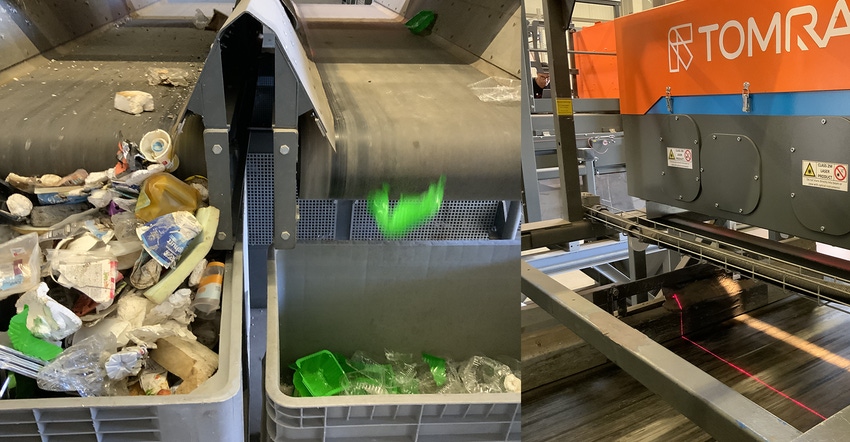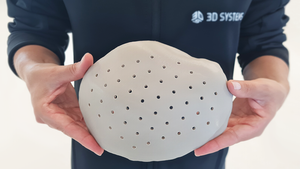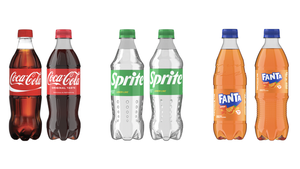Industrial test by TotalEnergies Corbion and Tomra Recycling finds there’s no barrier to effective separation of polylactic acid packaging from other plastic waste including PET.

Just how easy or not is it to sort polylactic acid (PLA), a popular bioplastic, from other packaging waste? A new study finds the same results as prior studies.
With the aim of determining the sortability of polylactic acid (PLA) from municipal mixed plastic waste, TotalEnergies Corbion and Tomra Recycling conducted a sorting test in August 2022. The outcome confirmed, as has been confirmed many times before, that sorting PLA, a popular bioplastic, from other plastics waste is easy and straightforward.
Using a Near Infra-Red (NIR) sorting machine, PLA trays mixed with other post-consumer plastic items were fully recovered with a high purity at the Tomra center in Mülheim-Kärlich, Germany. Also, when the PET bottle fraction was sorted from the mixed plastics waste stream, no PLA trays ended up in the PET stream. This realistic and industrial test shows that PLA is sortable and will not contaminate other recycling streams.
“Plastic waste collectors and sorters know that using the infrared technology, PLA plastic products can easily be sorted from other municipal waste. In closed loop environments, where PLA bottles and PLA cups are exclusively used, the amount of PLA is sufficiently high to also make it economically feasible to collect, sort and clean the PLA”, says Jürgen Priesters, SVP Tomra feedstock.
TotalEnergies Corbion is actively collecting used PLA products from closed-loop systems and pre consumer waste. The collected PLA waste is used as feedstock for making recycled PLA (rPLA) and will help divert PLA from ending up in landfill or incineration. It also further reduced the carbon footprint of PLA and rPLA reduces the need for biomass and land use. Luminy rPLA, containing 20% post-industrial and post-consumer PLA waste, is commercially available.
“In collaboration with Tomra, a leading supplier of waste sorting equipment, we confirmed (again!) that PLA can be effectively sorted from other municipal plastic waste using existing separation equipment,” says François de Bie, senior marketing and supply chain director, at TotalEnergies Corbion. “Claims that PLA contaminates PET recycle streams have again proven to be nonsense. Many other studies, as cited in our white paper about end-of-life options for PLA, have confirmed exactly the same. "In short, there's no barier to separation of PLA from other plastic waste."
At K 2022 in Düsseldorf, Germany, attendees are invited to visit the TotalEnergies Corbion booth (hall 6, E20) or Tomra booth (hall 9, D47) for more information. At its booth, Tomra will present detailed results of the sorting trials during Tomra Talks Monday October 25 at 14:30.
About the Author(s)
You May Also Like




